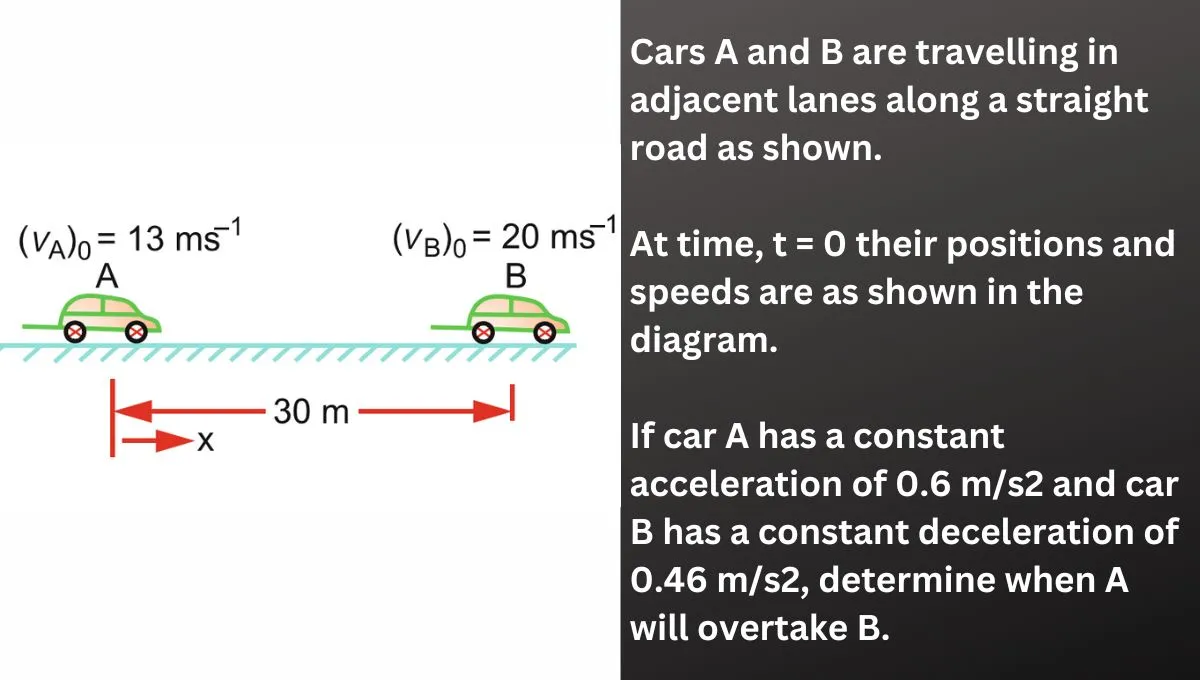Problem:
(a) Figure shows two point clusters of charge situated in free space placed on a line that is called the x-axis. The first, with a positive charge of ![]() , is at the origin. The second, with a negative charge of
, is at the origin. The second, with a negative charge of ![]() ,is to the right at a distance equal to 0.2m.
,is to the right at a distance equal to 0.2m.
(i) What is the magnitude of the force between them?
(ii) Where would you expect to find the position of zero electric field: to the left of ![]() , between
, between ![]() and
and ![]() or to the right of
or to the right of ![]() ? Briefly explain your choice and then work out the exact position.
? Briefly explain your choice and then work out the exact position.
(b) The electron in a hydrogen atom orbits the proton at a radius of ![]() m.
m.
(i) What is the proton’s electric field strength at the position of the electron?
(ii) What is the magnitude of the electric force on the electron?
Explanation:
For part (a):
(i) The electric force between two charges is calculated using Coulomb’s law:
![]()
where
(ii) The electric field is zero at a point where the field contributions from both charges cancel. This occurs closer to the smaller charge because the electric field’s magnitude decreases with distance.
For part (b):
(i) The electric field strength due to a charge is given by:
![]()
where
(ii) The electric force acting on a charge in an electric field is given by:
![]()
where
Solution:
Part (a):
(i) Force between ![]() and
and ![]() :
:
![]()
![]()
![]()
![]()
![]()
![]()
![]()
![]()
Final Answer: ![]()
(ii) Position of zero electric field:
The zero-field point lies between ![]() and
and ![]() because the charges have opposite signs. Let the distance of the zero-field point from
because the charges have opposite signs. Let the distance of the zero-field point from ![]() be
be ![]() . Then the distance from
. Then the distance from ![]() is
is ![]() .
.
The electric field at the zero point due to ![]() and
and ![]() must be equal in magnitude:
must be equal in magnitude:
![]()
![]()
![]()
![]()
Solving this quadratic equation:
![]()
![]()
![]()
Final Answer: The zero electric field is at ![]() from
from ![]() .
.
Part (b):
(i) Electric field strength at the electron’s position:
![]()
![]()
Final Answer: ![]()
(ii) Electric force on the electron:
![]()
Final Answer: ![]()



![An infinitely long wire, located on the z-axis, carries a current \( I \) along the \( +z \)-direction and produces the magnetic field \( \vec{B} \). The magnitude of the line integral \( \int \vec{B} \cdot d\vec{l} \) along a straight line from the point \( (-\sqrt{3}a, a, 0) \) to \( (a, a, 0) \) is given by \[ \text{[} \mu_0 \text{ is the magnetic permeability of free space.] } \]](https://physicsqanda.com/wp-content/uploads/2025/04/resized-image-1-445x265.jpg)